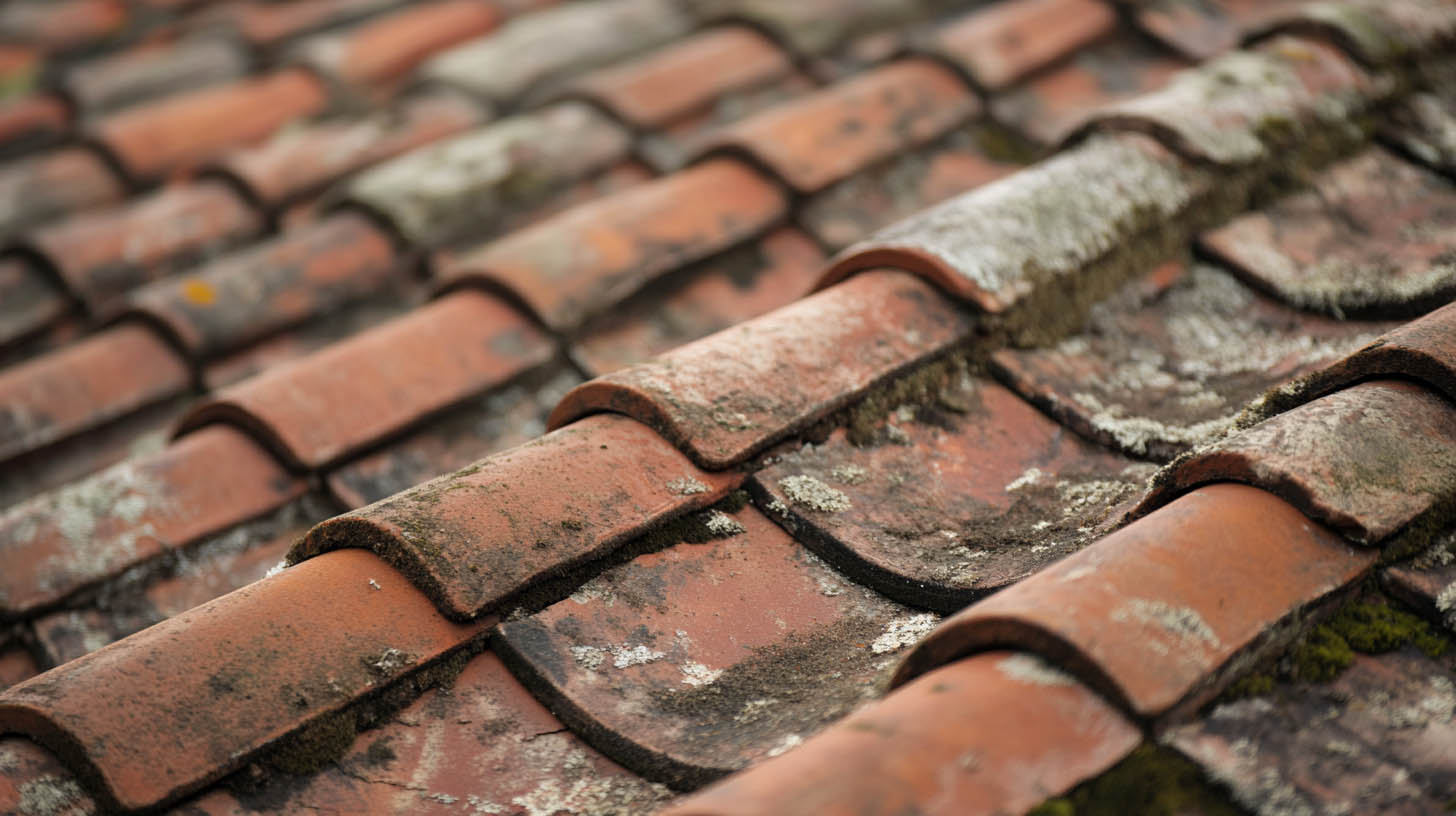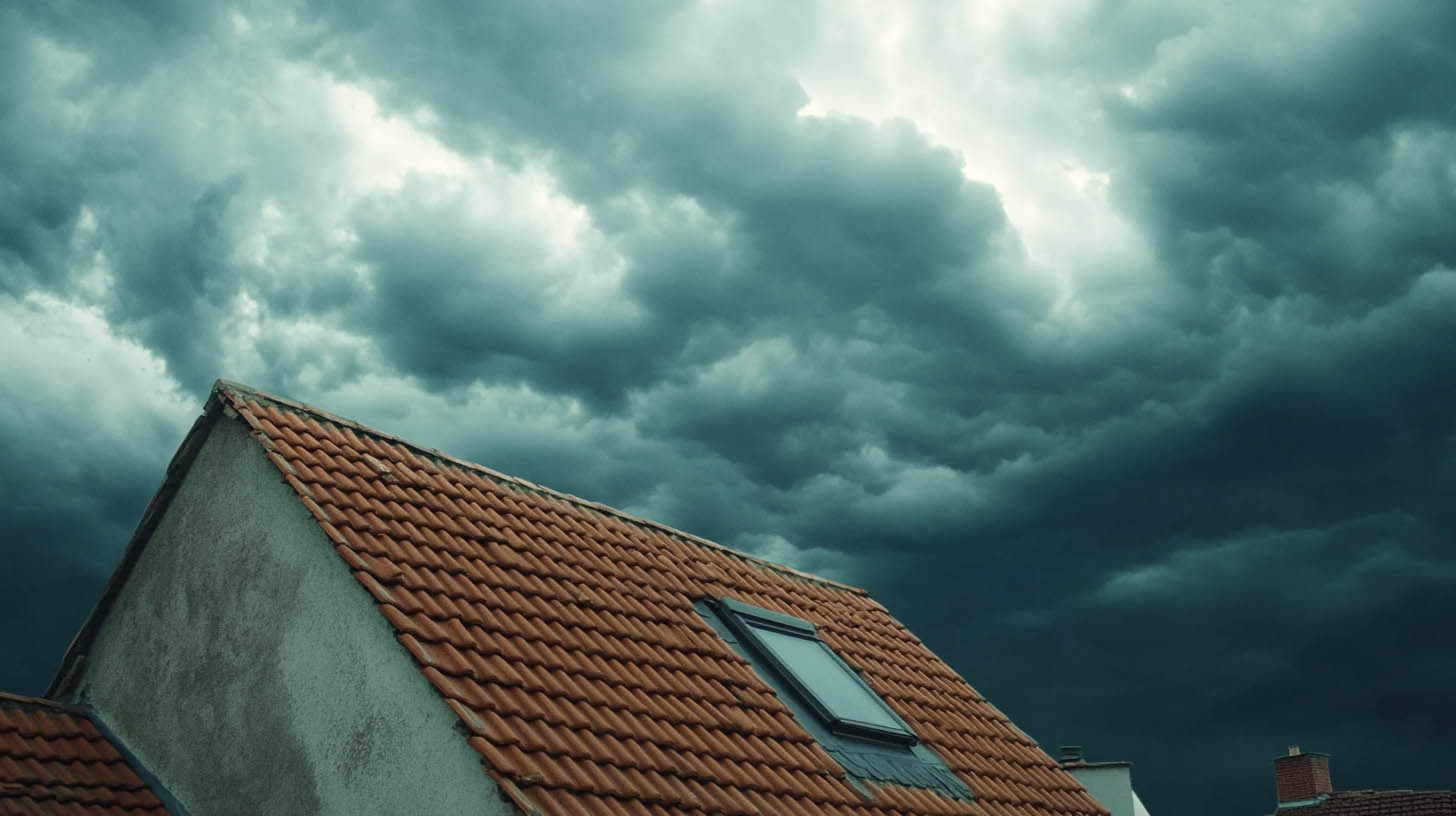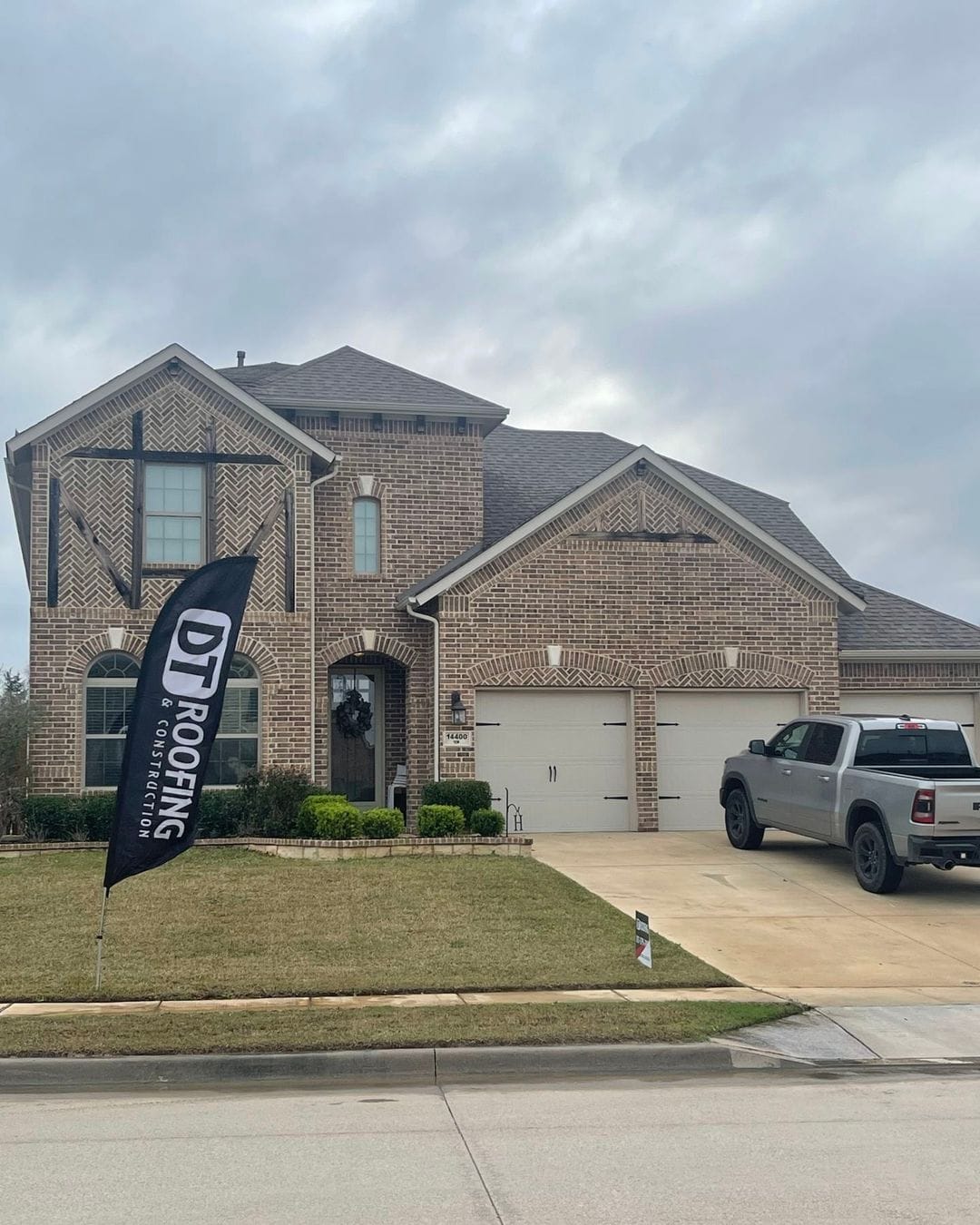
The Top 5 Reasons Roofs Get Damaged
Your roof is your home’s first line of defense against the elements, yet it’s often taken for granted—until problems appear. Understanding the most common reasons roofs suffer damage can help homeowners stay proactive and avoid costly repairs. At DT Roofing, we’ve seen it all, and we’re here to share insights that can help preserve your roof’s longevity and performance in Weatherford, TX.
Roof damage can result from a combination of age, materials, workmanship, and weather. Even the strongest roofs can develop vulnerabilities if not inspected and maintained regularly. Identifying these common causes early can save you from emergency repairs and expensive replacements down the line.
1. Storm Damage
Wind, Hail, and Heavy Rain
In Weatherford, TX, severe weather events are common and can do significant damage to roofing systems. High winds can lift or entirely tear off shingles, exposing the underlayment and roof deck. Once the underlayment is exposed, moisture can seep in, leading to wood rot, mold growth, and ceiling leaks.
Hailstorms are another frequent culprit. Hail can bruise or crack shingles, displace granules, and create weak spots that aren’t always visible to the untrained eye. Heavy rain can exploit these vulnerabilities, especially if drainage systems are compromised or if flashing is poorly sealed.
Debris Impact
Flying debris during storms—such as tree limbs or airborne objects—can puncture shingles, crack tiles, or damage metal components. These issues often require more than a simple patch and should be assessed by a professional immediately after the storm passes.
2. Poor Installation
Why Workmanship Matters
No matter how high-quality the materials are, a poorly installed roof is destined to fail. Improper installation can take many forms:
- Incorrect shingle alignment
- Inadequate flashing around chimneys, vents, or skylights
- Improper nailing technique
- Lack of proper ventilation systems
These mistakes often result in premature leaks, sagging sections, or weak points that deteriorate rapidly under pressure from the elements.
The Importance of Hiring Certified Contractors
When you hire a certified roofer, you’re not just paying for installation—you’re investing in precision, training, and adherence to industry standards. A certified contractor will follow the best practices set by manufacturers and ensure your roof performs as intended.
3. Lack of Maintenance
Small Issues Become Big Problems
Routine maintenance is critical to a roof’s longevity. Neglected roofs accumulate problems over time that could have been prevented with simple, seasonal upkeep. Common examples include:
- Clogged gutters – When gutters back up, water can pool on the roof’s surface and seep under shingles.
- Moss and algae buildup – These organic materials trap moisture and can accelerate roof deterioration.
- Overhanging branches – Tree limbs can rub against the roof or fall during storms, causing damage.
Without regular inspections, homeowners may miss the early signs of deterioration—cracked shingles, lifting edges, or flashing gaps—that often lead to water damage and mold.
When to Schedule Inspections
We recommend having your roof inspected at least once a year and after any major weather event. Inspections can uncover minor issues that, if left unchecked, could result in costly repairs or a complete roof replacement.
4. Aging Materials and UV Exposure
The Natural Lifecycle of Roofing Materials
Every roof has a finite lifespan, no matter how well it’s maintained. As materials age, they lose elasticity, become brittle, and begin to break down. This process can be accelerated by Texas’s harsh climate, which subjects roofs to intense heat and prolonged UV exposure.
Asphalt shingles, for example, gradually lose granules over time, reducing their ability to reflect sunlight and repel water. Metal roofing may expand and contract with extreme temperature swings, loosening fasteners and sealants.
How to Identify Material Degradation
Common signs of material aging include:
- Faded or discolored shingles
- Granule loss in gutters
- Curling or cracking edges
- Soft spots when walking on the roof
Addressing these warning signs early allows for partial repairs or component replacements before the roof fails completely.
5. Foot Traffic and Improper Handling
The Risks of Walking on the Roof
Foot traffic is often overlooked as a source of roof damage, but it can be surprisingly harmful. Roofing materials, especially shingles and clay tiles, are not designed to support regular foot traffic. Walking on them can cause:
- Cracked or broken tiles
- Dislodged shingles
- Compressed insulation
- Punctures in waterproof membranes
Technicians performing HVAC repairs or cleaning gutters may unintentionally damage the roof if they aren’t trained to walk safely on the surface.
Leave It to the Professionals
It’s always best to leave roof access to qualified roofing professionals who understand how to navigate a roof without causing damage. They also carry the proper safety equipment to reduce the risk of accidents.
Prevention Is Key
The best way to protect your roof from damage is through a combination of prevention, maintenance, and professional oversight. Here are a few simple but effective steps every homeowner should take:
- Schedule annual roof inspections
- Clear your gutters regularly
- Trim nearby trees and remove overhanging limbs
- Inspect your attic for signs of moisture or mildew
- Repair minor issues promptly before they escalate
Partnering with a roofing company that values quality and attention to detail ensures that your roof stays in excellent condition throughout its lifespan.
Trust the Experts for Long-Term Protection
Knowing what causes roof damage is the first step. Taking action is the next. Whether you’ve experienced storm damage or simply want peace of mind, a professional inspection can help you assess your roof’s condition and plan for the future.
If you’re unsure about the current condition of your roof, don’t wait until a small issue becomes a major headache. Addressing problems early is the key to preserving the integrity of your home and avoiding expensive fixes down the road.
Read also our blog: Understanding Mechanically Seamed Metal Roofs










